Question: Consider a system consisting of two particles, each of which can be in any one of three quantum states of respective energies 0, €, and 3e.
Consider a system of N free particles in a volume V. | Chegg.com
A system consists of three particles with these masses and velocities: mass 3.0 kg, moving north at 3.0 m/s; mass 4.0 kg, moving sooth at 5.0 m/s; and mass 7.0 kg, moving north at 2.0 m/s. What is the total momentum of the system? What finding would the nurse include in the pain assessment of a client with chronic pain in the knee?

Source Image: earthsky.org
Download Image
Consider a system consisting of three particles: m1 = 4 kg, 1 = < 10, -4, 15 > m/s m2 = 6 kg, 2 = < -14, 6, -4 > m/s m3 = 3 kg, 3 = < -21, 39, 19 > m/s (a) What is the total momentum of this system? (b) What is the velocity of the center of mass of this system? (c) What is the translational kinetic energy of this system?
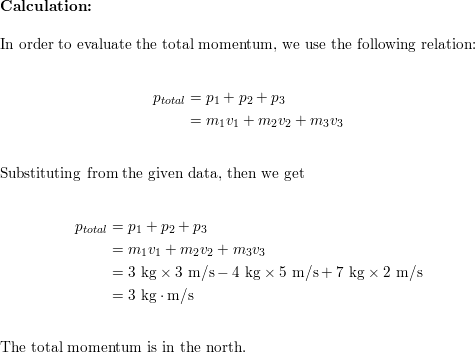
Source Image: quizlet.com
Download Image
Diagram showing that matter is composed of leptons and quarks. There are six quarks and six leptons. There are also fou… | Elementary particle, Physics, Higgs boson Three identical, indistinguishable particles are placed into a system consisting of four en-ergy levels with energies 1.0, 2.0, 3.0, and 4.0 eV, respectively. The total energy of the three particles is 6.0 eV. What is the average number of particles occupying each energy level, if those particles are (a) bosons, or (b) fermions? Solution:

Source Image: toppr.com
Download Image
Consider A System Consisting Of Three Particles
Three identical, indistinguishable particles are placed into a system consisting of four en-ergy levels with energies 1.0, 2.0, 3.0, and 4.0 eV, respectively. The total energy of the three particles is 6.0 eV. What is the average number of particles occupying each energy level, if those particles are (a) bosons, or (b) fermions? Solution: Consider a system consisting of three particles: m1=5kg, v1= -6,6,7 m s m2=7kg, v2= 8,-6,-7 m s m3=1kg, v3= 6,7,13 m s What is the total momentum of this system? What is the velocity of the center of mass of this system? [/B] Homework Equations p=m*v The Attempt at a Solution I tried (m1+m2) (v1+v2) + (m2+m3) (v2+v3)
A system consists of three particles, each of mass m and located (1,1)(2,2) and (3,3). The coordinates of the centre of the mass are:
vo T E MT TO YOU PROBLEMS PROBLEMS 9.1 OD 19.2 Consider a system consisting of two particles, each of which can be in any one of three quantum states of respective energies 0, €, and 3€. The system is in con- tact with a heat reservoir at temperature T – (kB). Remote Sensing | Free Full-Text | Water Deficit May Cause Vegetation Browning in Central Asia
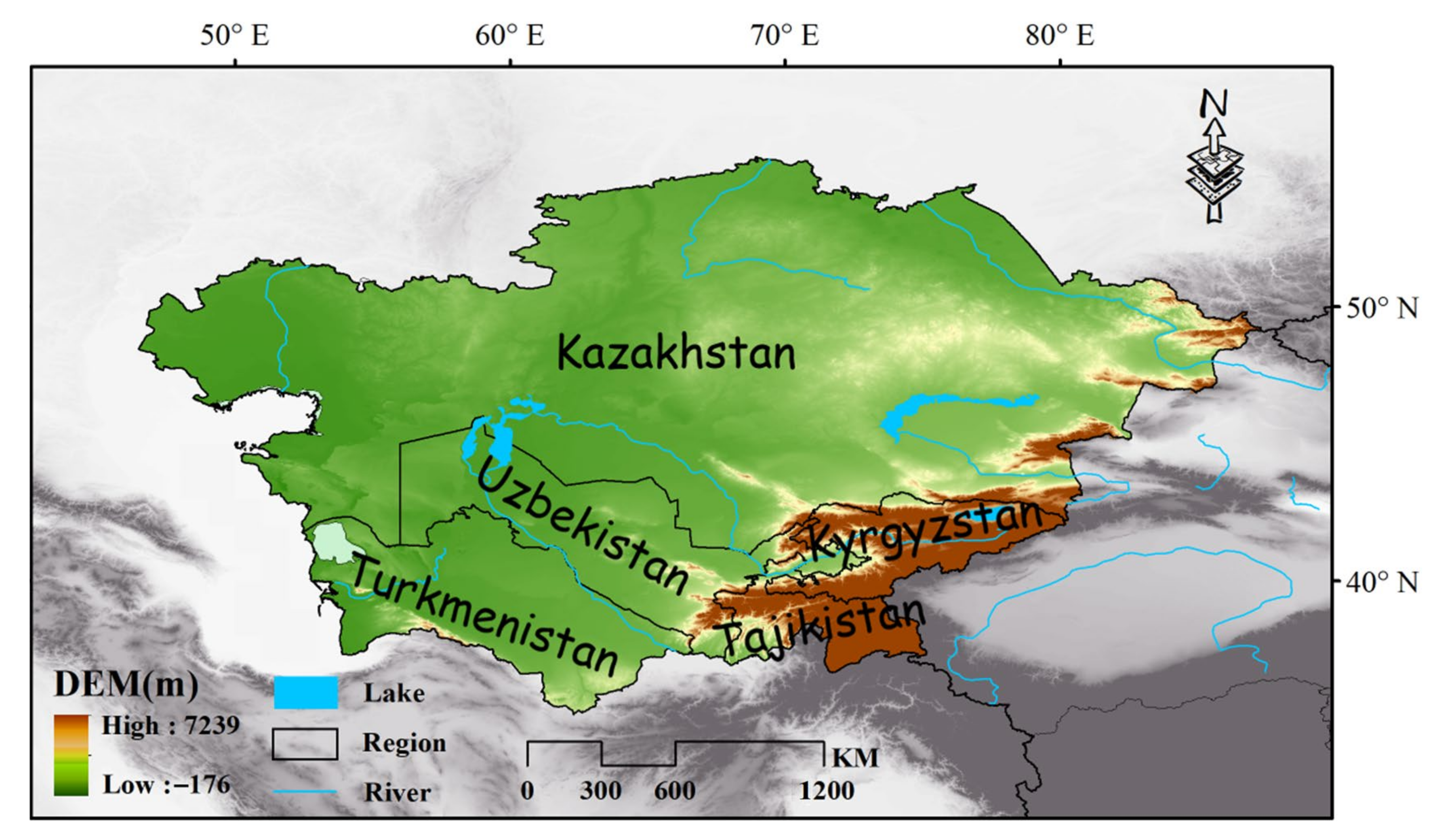
Source Image: mdpi.com
Download Image
Solved Problem 14.12 A system consists of three identical | Chegg.com vo T E MT TO YOU PROBLEMS PROBLEMS 9.1 OD 19.2 Consider a system consisting of two particles, each of which can be in any one of three quantum states of respective energies 0, €, and 3€. The system is in con- tact with a heat reservoir at temperature T – (kB).
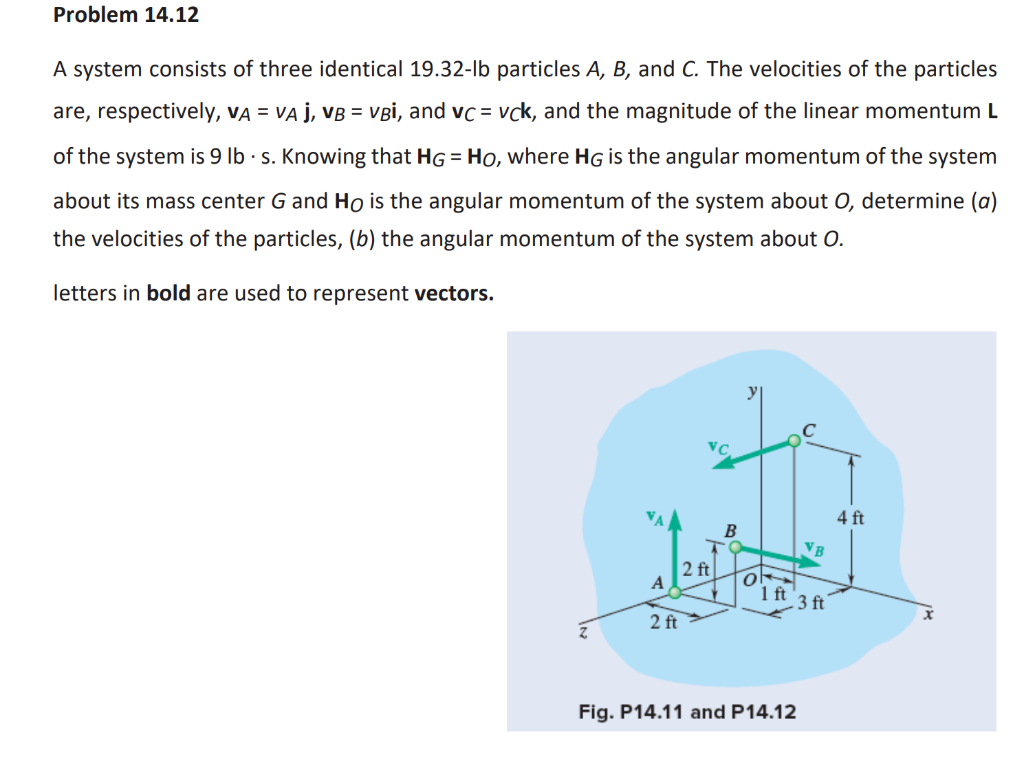
Source Image: chegg.com
Download Image
Consider a system of N free particles in a volume V. | Chegg.com Question: Consider a system consisting of two particles, each of which can be in any one of three quantum states of respective energies 0, €, and 3e.
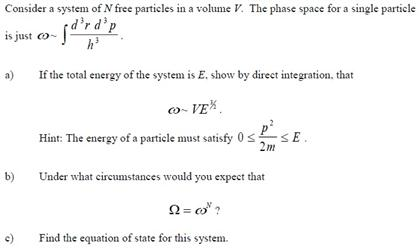
Source Image: chegg.com
Download Image
Diagram showing that matter is composed of leptons and quarks. There are six quarks and six leptons. There are also fou… | Elementary particle, Physics, Higgs boson Consider a system consisting of three particles: m1 = 4 kg, 1 = < 10, -4, 15 > m/s m2 = 6 kg, 2 = < -14, 6, -4 > m/s m3 = 3 kg, 3 = < -21, 39, 19 > m/s (a) What is the total momentum of this system? (b) What is the velocity of the center of mass of this system? (c) What is the translational kinetic energy of this system?

Source Image: pinterest.com
Download Image
A system consists of three particles, each of mass m and located at (1, 1), (2, 2) and (3, 3). The co-ordinates of the centre of mass area)(1, 1)b)(2, 2)c)(3, 3)d)(6, 6)Correct Apr 4, 2022High School verified answered • expert verified Consider a system consisting of three particles: m1 = 4 kg, vector v1 = < 10, -5, 15 > m/s, m2 = 9 kg, vector v2 = < -15, 5, -3 > m/s, m3 = 3 kg, vector v3 = < -24, 36, 18 > m/s. a) what is the total momentum of this system? b) what is the velocity of the center of mass of this system?

Source Image: edurev.in
Download Image
Trading Lives for Profit: How the Shipping Industry Circumvents Regulations to Scrap Toxic Ships on Bangladesh’s Beaches | HRW Three identical, indistinguishable particles are placed into a system consisting of four en-ergy levels with energies 1.0, 2.0, 3.0, and 4.0 eV, respectively. The total energy of the three particles is 6.0 eV. What is the average number of particles occupying each energy level, if those particles are (a) bosons, or (b) fermions? Solution:

Source Image: hrw.org
Download Image
Engineers cook up a new way to tackle CO2: Make baking soda Consider a system consisting of three particles: m1=5kg, v1= -6,6,7 m s m2=7kg, v2= 8,-6,-7 m s m3=1kg, v3= 6,7,13 m s What is the total momentum of this system? What is the velocity of the center of mass of this system? [/B] Homework Equations p=m*v The Attempt at a Solution I tried (m1+m2) (v1+v2) + (m2+m3) (v2+v3)
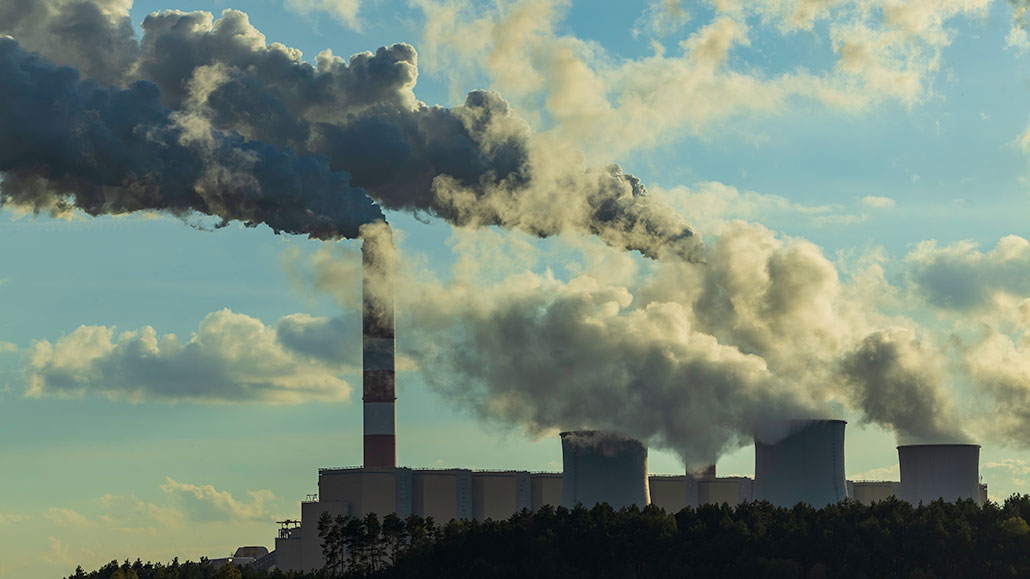
Source Image: snexplores.org
Download Image
Solved Problem 14.12 A system consists of three identical | Chegg.com
Engineers cook up a new way to tackle CO2: Make baking soda A system consists of three particles with these masses and velocities: mass 3.0 kg, moving north at 3.0 m/s; mass 4.0 kg, moving sooth at 5.0 m/s; and mass 7.0 kg, moving north at 2.0 m/s. What is the total momentum of the system? What finding would the nurse include in the pain assessment of a client with chronic pain in the knee?
Diagram showing that matter is composed of leptons and quarks. There are six quarks and six leptons. There are also fou… | Elementary particle, Physics, Higgs boson Trading Lives for Profit: How the Shipping Industry Circumvents Regulations to Scrap Toxic Ships on Bangladesh’s Beaches | HRW Apr 4, 2022High School verified answered • expert verified Consider a system consisting of three particles: m1 = 4 kg, vector v1 = < 10, -5, 15 > m/s, m2 = 9 kg, vector v2 = < -15, 5, -3 > m/s, m3 = 3 kg, vector v3 = < -24, 36, 18 > m/s. a) what is the total momentum of this system? b) what is the velocity of the center of mass of this system?